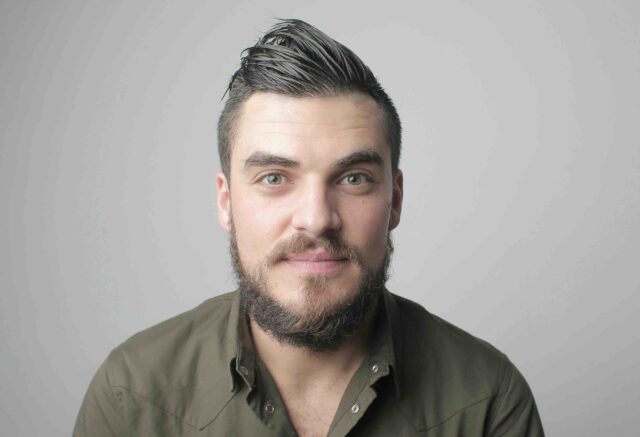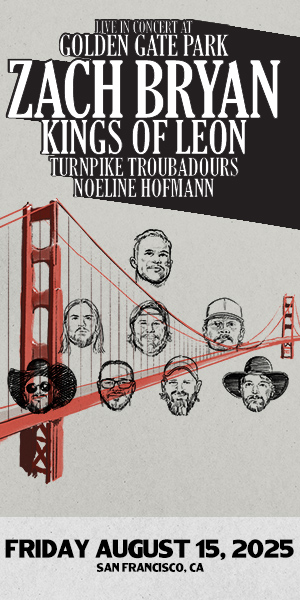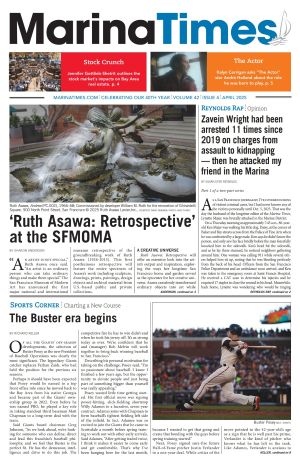If you’re considering going the DIY route with your professional headshots, just remember that there are significant differences between headshots and portraits. For example, a portrait allows for more artistic creativity, while a headshot is typically strictly professional and follows specific standards.
Though there are differences, if you understand them and follow some simple steps, you can easily create professional DIY headshots to help advance your career.
Use a Tripod
If you don’t have a tripod, you could enlist help from a friend or family member, but using a tripod will allow for a stable foundation and less chance of getting blurry photos. You can move the tripod around to get headshots from different angles and find the one you like the best. Adjustable tripods are an excellent option for flexibility in photo angles.
Have Good Lighting
A dim room or typical overhead light or lamp won’t be good enough for professional headshots. Rather than investing in expensive professional lighting, just use a ring light that will brighten your photoshoot area and highlight your face.
Another option is using natural lighting. You could use sunlight streaming into a window or do your DIY photoshoot outside. Taking your headshots during the golden hour will ensure you have the best natural lighting if you want to use natural light.
Choose a Backdrop
If you have a colorful, patterned wall-papered wall–no matter how gorgeous it is–this wouldn’t be the time to use it as a backdrop. Your safest bet is a plain-colored background. A single-colored wall should do the trick. This wall could be white, black, gray, or muted blue, green, purple, etc.; that being said, neutral colors tend to be best.
You can get creative as long as the background isn’t messy or distracting. An outdoor background will give you more natural light in your headshots and add a unique style. A rustic brick wall, a tree trunk for texture, or a garden can all add texture and interest to your headshot.
Pick a Professional Outfit
If you’re struggling to decide which outfit to wear, consider what you’d wear to an interview or an important meeting. The outfit you choose shouldn’t be loose-fitting with distracting patterns.
Consider your industry and if you need to wear something strictly professional, such as a suit or blazer. You might be able to do something more business casual, like a cardigan or button-down shirt without a suit jacket. Whatever you wear, it should make you feel professional, comfortable, and confident.
Do Hair and Applicable Makeup
In addition to your professional outfit, you’ll want to do a professional hairstyle. Your hair doesn’t need to be anything fancy. Try to style it the way you would on any normal work day. Short hair should be well-groomed and styled. If you have long hair, keeping it down is fine if it stays out of your face. Just remember that a high bun may make you look too severe, and a ponytail or messy bun is not professional enough.
The same goes for makeup if you wear it. Don’t drastically change your look or style from what you wear daily. However, if you wear a little heavier makeup daily, professional headshots are when you should lighten up the makeup load a little. Consider how you look daily at work and keep your looks similar, but add a professional edge if needed.
Use the Rear Camera Lenses
Avoid using selfie mode if you’re using your cell phone to take your DIY professional headshots. The rear camera lenses on your phone tend to be a little better than the selfie lenses, and you’ll have better results. Portrait mode on your phone camera will likely yield the best results, but play around with the different settings and see what you like best.
You can also use a different type of camera. Whatever you have on hand that can be attached to a tripod will work for your DIY photoshoot.
Take Multiple Photos With Different Poses
When doing DIY headshots, a one-and-done photo won’t be enough. You want to take multiple pictures at different angles and with various poses and facial expressions. Taking several photos will almost guarantee at least a few quality headshots that are professional enough for you to use on your profiles, company website, and resume.
Practice your poses and facial expressions so you’re extra comfortable doing them in front of the camera. Remember to relax and have some fun with your photoshoot while still maintaining an air of professionalism. Having a few silly poses thrown into your camera roll is no problem. It is your camera, after all.
Use an AI Headshot Generator
If the above-listed process of taking DIY professional headshots sounds overwhelming and far too time-consuming, you could try using an AI headshot generator. This cost-effective, time-saving tool will create multiple professional headshots for you without requiring a lot of effort on your part.
When using an AI generator, you upload various candid, selfie, or portrait photos for the generator to be able to capture your likeness. Then, you write a simple prompt with your headshot-style vision for the AI technology to follow. It will do the rest of the work from there, and you’ll receive a batch of ready-to-use professional headshots in two or three hours.
Remember to Have Fun
Professional headshots are serious, and you should follow the appropriate standards for these headshots. That being said, if you take your own headshots, remember to sprinkle in a few fun poses, faces, and outfits because why not? Having fun with your DIY photoshoot will help you be less tense in the professional photos, and you’ll get great results.
Share Your DIY Professional Headshots
Once you’ve taken your DIY professional headshots or created them using an AI headshot generator, you’re ready to share them. Think of all the places where sharing your headshot will be helpful. Remember to update all online profile pictures and add your headshot to your resume to give a great first impression to potential employers.
If you have a company website, adding your headshot to an “about me” page will show credibility and build trust with potential clients. You can also create business cards, brochures, or pamphlets that include your headshot if these things benefit you and your career.
Taking DIY professional headshots is easy and will save you lots of money. If the steps are daunting and seem too time-consuming, there are other time-saving and cost-effective ways to take professional headshots, such as using an AI headshot generator. When doing a DIY photoshoot, you can have a little fun while still creating professional and ready-to-use headshots right from your home.





